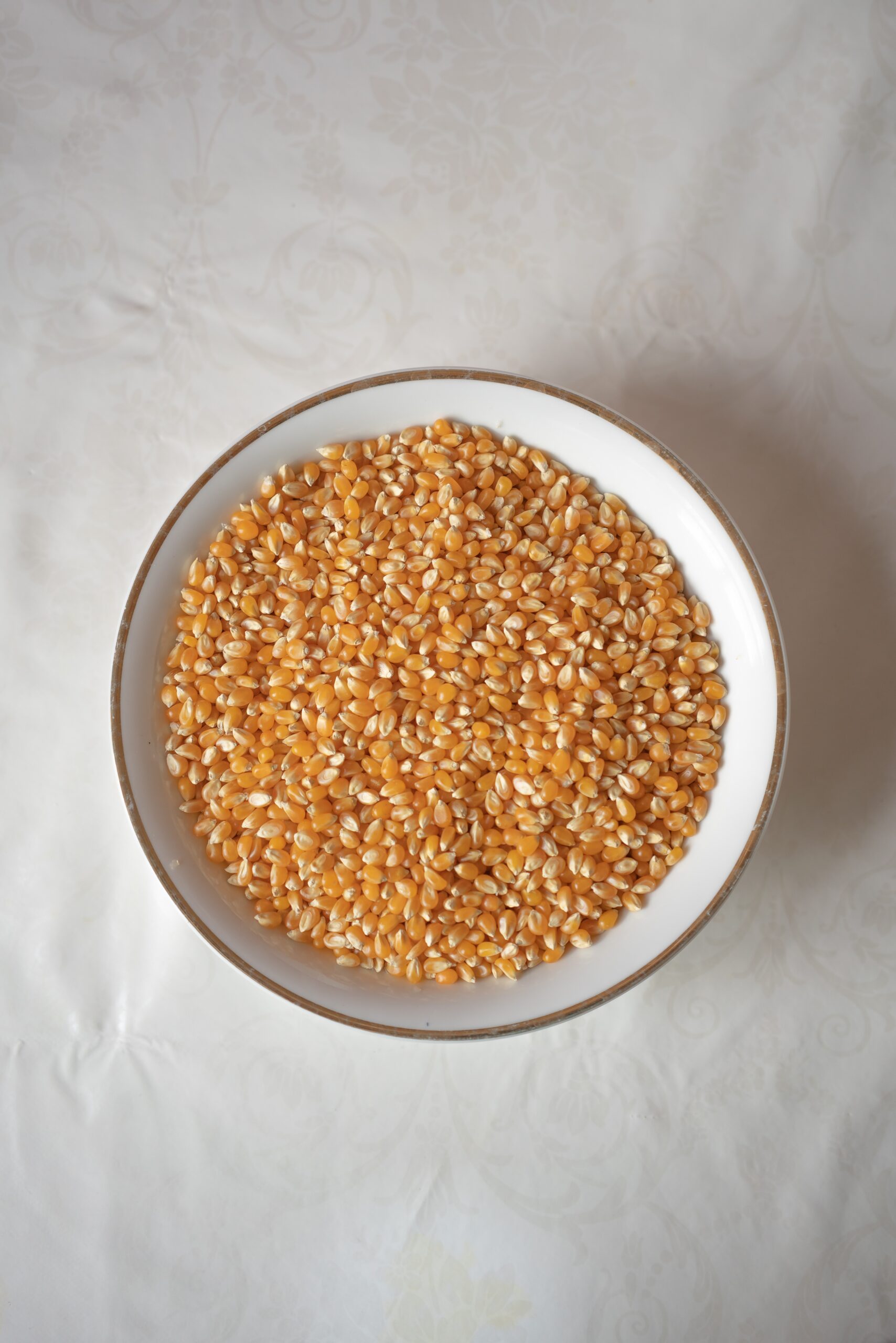
Are you in the middle of baking a delicious recipe, only to realize that you’re out of flour? Don’t panic just yet! If you have some cornmeal in your pantry, you might be able to substitute it for flour in your recipe. But before you start making any substitutions and to ensure the best results, it’s important to understand the differences between cornmeal and flour. Especially how they can affect the outcome of your baked goods.
In this blog post, we’ll explore whether or not you can substitute cornmeal for all purpose flour. And what you need to keep in mind when doing so. We also will share a list of other best substitutes. Whether you’re a seasoned baker or a beginner in the kitchen, this post will help you make the most of what you have on hand and still create delicious baked treats.
What is Cornmeal?
Cornmeal is a type of flour that is made from the endosperm of the corn kernel. It comes in a range of grain sizes, from coarse cornmeal to fine powder. It’s often used in a variety of dishes and corn products as a key ingredient. Cornmeal is a staple ingredient in the United States and is widely available at your local grocery store. It is also commonly used in the United Kingdom and can be found in specialty stores.
Coarse cornmeal has a much more textured and coarse texture than corn flour. It is made from whole corn kernels that are ground to a grain size that is larger than corn flour. The texture of cornmeal can vary depending on the type of corn used, with white cornmeal having a milder flavour than yellow cornmeal.
What are the health benefits of cornmeal?
Cornmeal is a good source of fibre and whole grains, making it a good choice and great substitute for those looking for health benefits in their diet. It is also a key ingredient in many classic American dishes, such as cornbread and corn pudding. Cornmeal can also be used to make corn flakes and corn grits, which are popular breakfast foods.
Can you make your own cornmeal?
Some people prefer to make their own corn meal by grinding whole corn kernels themselves. This can be done using a food processor or a hand-cranked grain mill. The resulting cornmeal will have a more intense corn flavor and a coarser texture than store-bought cornmeal.
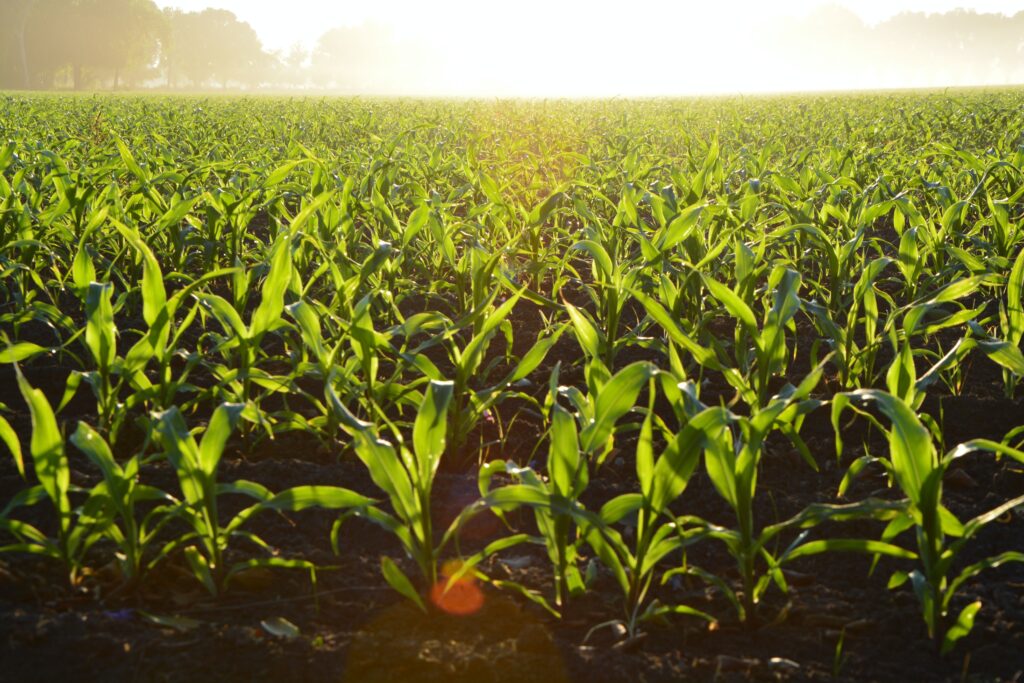
What is the Difference Between Cornmeal and Corn Flour?
While cornmeal and corn flour are both made from the endosperm of the corn kernel, but there are some key differences between the two. Yellow cornmeal, for example, has a coarser texture than corn flour and is often used as a thickening agent in recipes.
Cornmeal
Cornmeal is made by grinding whole corn kernels into different textures, ranging from coarse to fine. It is often used in dishes like cornbread and hushpuppies, where its gritty texture is desirable. Cornmeal can also be used as a coating for fried food. Such as fish and chicken.
Corn Flour
Corn flour, on the other hand, is made by finely grinding corn kernels into a fine powder. It is often used as a thickening agent in recipes. For example in gravies, soups, and sauces. Corn flour can also be used in baking recipes, where its fine texture helps to create a smooth and tender crumb.
While both cornmeal and corn flour are made from the same ingredient, their different textures make them suited for different purposes in the kitchen. Cornmeal is best used for recipes where a coarser texture is desired. While corn flour is best for recipes where a fine powder is needed for thickening or baking.
Suggested: The Best Substitutes for Cooking Spray
Is Cornmeal Different From Cornstarch?
Yes, cornmeal and corn starch are different. Cornmeal is made by grinding dried corn kernels into a coarse or fine texture. While cornstarch is made by removing the outer bran and germ from the corn kernel, leaving only the starchy endosperm.
Cornmeal is often used as a main ingredient in recipes for dishes like cornbread, tortillas, and polenta. While cornstarch is typically used as a thickening agent for sauces, gravies, and desserts like pudding and custard.
Additionally, cornmeal has a distinct corn flavor and a slightly gritty texture, while cornstarch is a fine, white powder that is virtually flavorless. So while both products are derived from corn, they have different uses and properties.
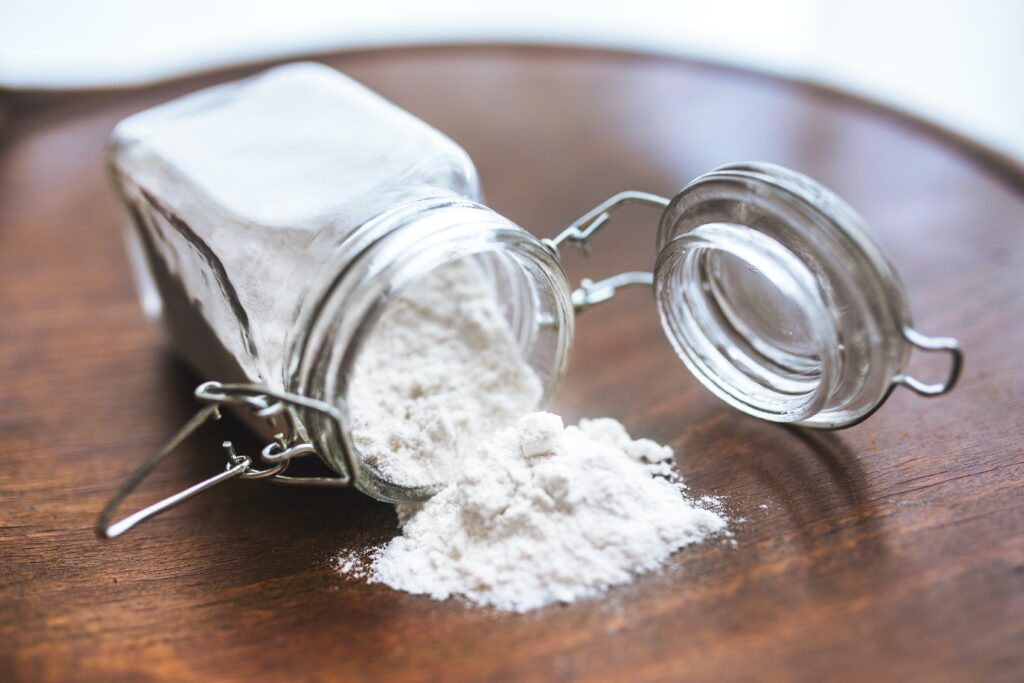
What are the Different Types of Cornmeal?
There are several different types of cornmeal available, each with their own unique texture and flavor. Here are some of the most common types:
- Yellow Cornmeal: This is the most widely available type of cornmeal and is made from yellow corn. It has a coarser texture than corn flour and a rich, slightly sweet flavor.
- White Cornmeal: Made from white corn, this type of cornmeal has a milder flavor than yellow cornmeal and a finer texture. It is often used in recipes where a more delicate corn flavor is desired.
- Blue Cornmeal: This type of cornmeal is made from blue corn and has a slightly nutty flavor. It is often used in recipes that call for a coarser texture, such as cornbread.
- Stone-Ground Cornmeal: This type of cornmeal is ground using a traditional stone mill, which gives it a coarser texture and a more rustic flavor, comparable to coarse flour. It is often used in traditional Southern recipes like cornbread and hushpuppies.
- Fine Cornmeal: This type of cornmeal has a very fine texture, similar to that of corn flour. It is often used as a thickening agent in recipes like soups and stews.
- Medium Cornmeal: This type of cornmeal has a medium texture, somewhere between that of fine and coarse cornmeal. It is often used in recipes like cornbread and muffins.
- Coarse Cornmeal: This type of cornmeal has the largest grain size and the most texture of all the different types of cornmeal. It is often used in recipes like polenta and as a coating for fried foods.
What are the common uses of Cornmeal?
Cornmeal is a versatile ingredient that can be used in a variety of dishes. Here are some of the most common uses for cornmeal, along with some related keywords:
- Corn Tortillas: Cornmeal is a key ingredient in traditional corn tortillas, which are a staple food in Mexican cuisine. To make corn tortillas, you mix masa harina (a type of corn flour) with water and form the dough into small rounds, which are then cooked on a griddle.
- Corn Chips and Tortilla Chips: Cornmeal is also used to make corn chips and tortilla chips, which are popular snack foods. The cornmeal is combined with other ingredients to form a dough, which is then cut into pieces and fried until crispy.
- Pizza Dough and Crispy Crusts: Cornmeal can be used to add texture and flavor to pizza dough and crusts. Adding a small amount of cornmeal to your pizza dough can give it a crispy crust and a slightly sweet flavor.
- Homemade Cornmeal: You can make your own cornmeal by grinding whole corn kernels in a food processor or grain mill. Homemade cornmeal can be used in any recipe that calls for cornmeal, and it has a fresher, more intense flavor than store-bought cornmeal.
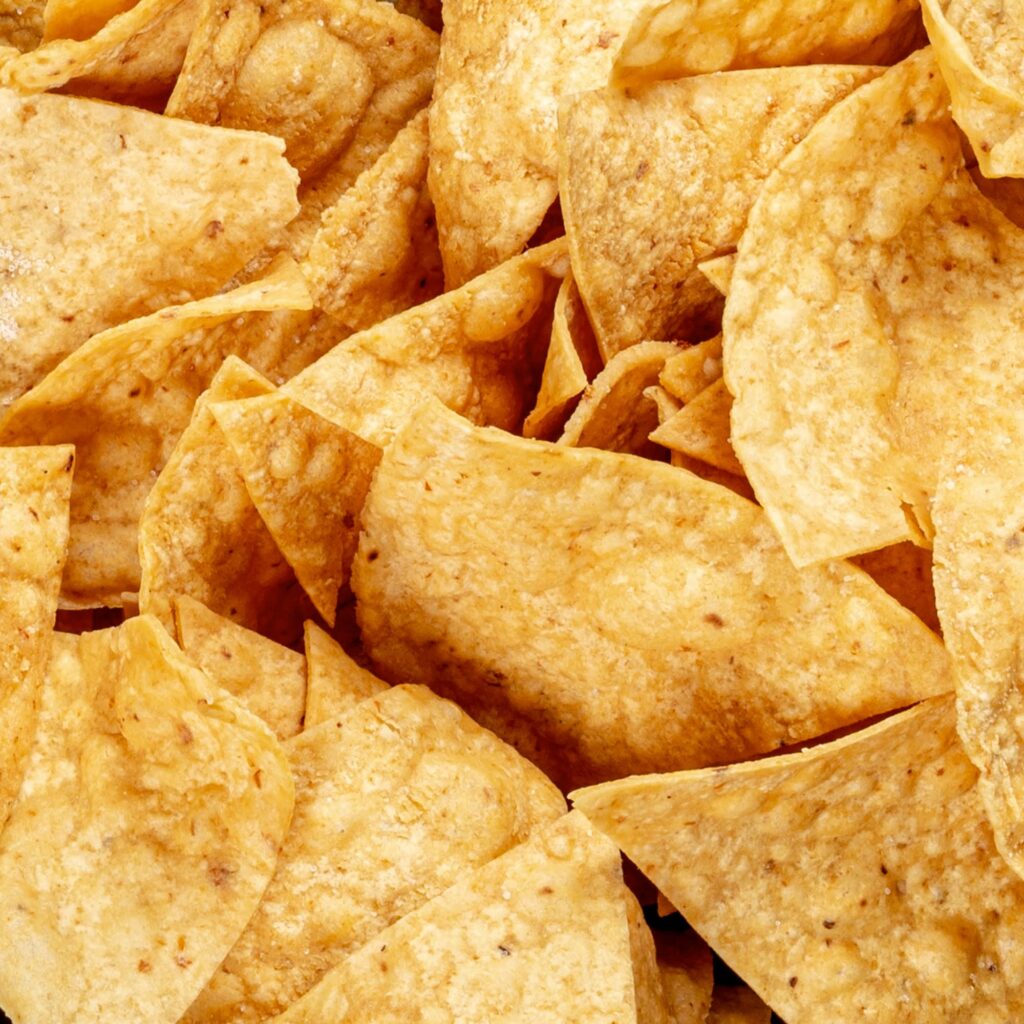
Is Cornmeal or Flour a Better Option for Baking?
Whether cornmeal or flour is better for baking can depend on a variety of factors, including personal preference, dietary restrictions, and the specific recipe. Here are some things to consider when deciding whether to use cornmeal or flour for baking:
- Celiac Disease: For those with celiac disease or gluten sensitivity, regular flour is not an option, as it contains gluten. Cornmeal can be a great option and ideal substitute for those who need to avoid gluten, as it is naturally gluten-free.
- Cornmeal Replacement: However, if you are looking for a cornmeal replacement for baking, keep in mind that cornmeal and flour have different textures and consistencies, so you may need to experiment to find the right substitute for your recipe.
- Main Difference: The main difference between cornmeal and flour is that cornmeal is made from ground corn kernels, while flour is made from wheat or other grains. Cornmeal has a coarser texture and a slightly sweet, nutty flavor, while flour is a fine white powder.
- Similar Product: If you are looking for a product with a similar consistency to cornmeal but without the corn flavor, you may want to consider using ground oats or almond meal as a substitute.
- Great Option: Cornmeal can be a great option for baked goods such as cornbread, muffins, and pancakes, as it adds texture and flavor. However, for recipes that require a lighter, fluffier texture, regular flour may be a better choice.
Suggested: The Best Substitutes for Coconut Sugar
Ratio for Substituting Cornmeal for Flour
Substituting cornmeal for flour can be a great option in some recipes, but it’s important to use the right ratio to ensure that your dish turns out well. Here are some tips for substituting cornmeal for flour:
- Important to note: Cornmeal is not always the best substitute for flour, as it has a different texture and flavor. However, it can work well in recipes that call for a little bit of flour, such as for breading or to add texture to baked goods.
- Amount of Cornmeal: When substituting cornmeal for flour, it’s generally best to use a 1:1 ratio, meaning that you should use the same amount of cornmeal as you would flour. However, keep in mind that cornmeal is more absorbent than flour, so you may need to adjust the amount of liquid in your recipe accordingly.
- Better Option: In some cases, a better option may be to use a mixture of cornmeal and flour, rather than substituting one for the other. This can help to balance out the texture and flavor of your recipe, while still providing the benefits of both ingredients.
Overall, substituting cornmeal for flour can be a good option in some recipes, but it’s important to use the right ratio and to consider whether a mixture of both ingredients might be a better option. By experimenting with different ratios and combinations, you can find the best solution for your recipe and create delicious dishes with a unique texture and flavor.
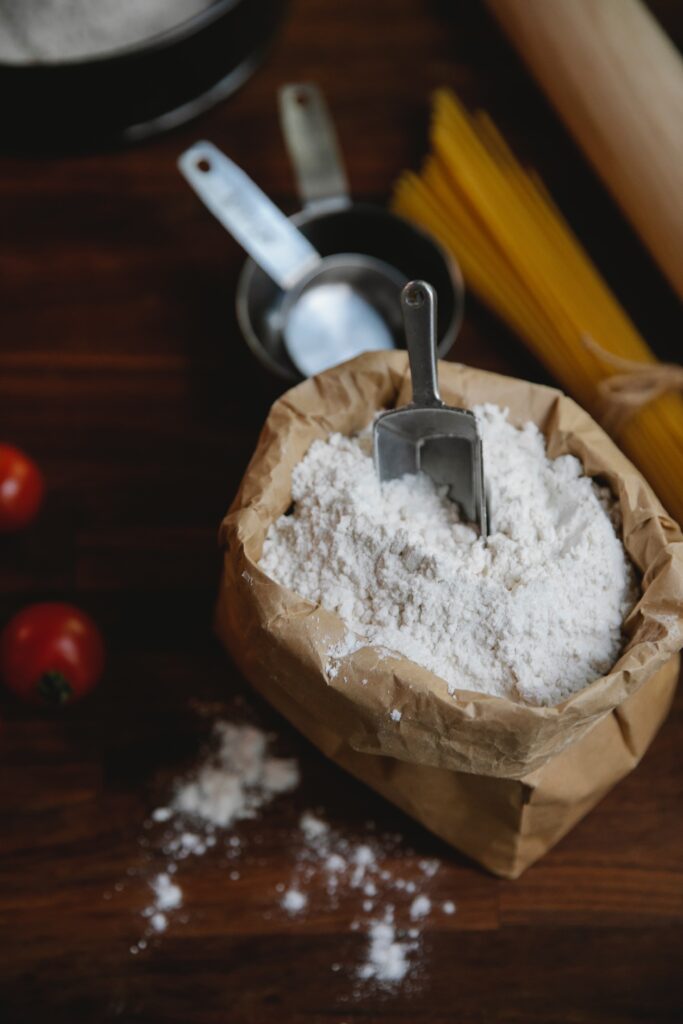
Other Potential Substitutes for Flour
If you’re looking for other potential substitutes for flour, there are plenty of options available that can add a unique texture and flavor to your recipes. Here are some excellent substitutes to consider:
- Rice Flour: Rice flour has a finer texture than cornmeal and can be a good substitute in many recipes. It has a slightly nutty flavor and is a great alternative for those who need to avoid gluten.
- Polenta Flour: Polenta flour is a type of cornmeal that is popular in northern Italy. It has a finer texture than regular cornmeal and a sweet flavor that can be a good option for baked goods.
- Potato Starch: Potato starch is a gluten-free flour that can be used as a thickening agent in place of regular flour. It has a similar texture to cornstarch and can be a great choice for those who need to avoid gluten.
- Ground Flaxseed: Ground flaxseed can be used as a substitute for flour in many recipes, especially for those who are looking for a healthy option. It has a similar texture to cornmeal and can add a nutty flavor to your baked goods.
- Almond Flour: Almond flour is a great alternative to regular flour, especially for those who are looking for a gluten-free option. It has a slightly sweet flavor and a similar texture to cornmeal.
- Whole Wheat Flour: Whole wheat flour is a good alternative to regular flour, especially for those who are looking for a healthier option. It has a similar texture to regular flour but with more fiber and nutrients.
- Chickpea Flour: Chickpea flour is a gluten-free flour that is popular in Middle Eastern and Indian cuisine. It has a slightly nutty flavor and a texture similar to cornmeal.
- Semolina Flour: Semolina flour is a type of durum wheat flour that is used in pasta and bread-making. It has a finer texture than cornmeal and a slightly sweet flavor that can be a good substitute for flour.
- Bread Crumbs: Bread crumbs can be used as a substitute for flour in certain recipes, such as for breading chicken or fish. They have a finer texture than cornmeal and can add a crunchy texture to your dishes.

Christopher is a food and lifestyle expert, recipe developer and the content creator behind May Eighty Five. With years of experience in the kitchen, he also shares tips, tricks and how to’s that he has learnt over the years. Every week, he shares quick, simple and mostly healthy recipes along with some home and entertaining tips. You will find flavorful cocktails, delicious appetizers, tasty mains and some indulgent desserts. As a home decor enthusiast, he also likes to share simple DIY projects and simple tips for a beautiful home.


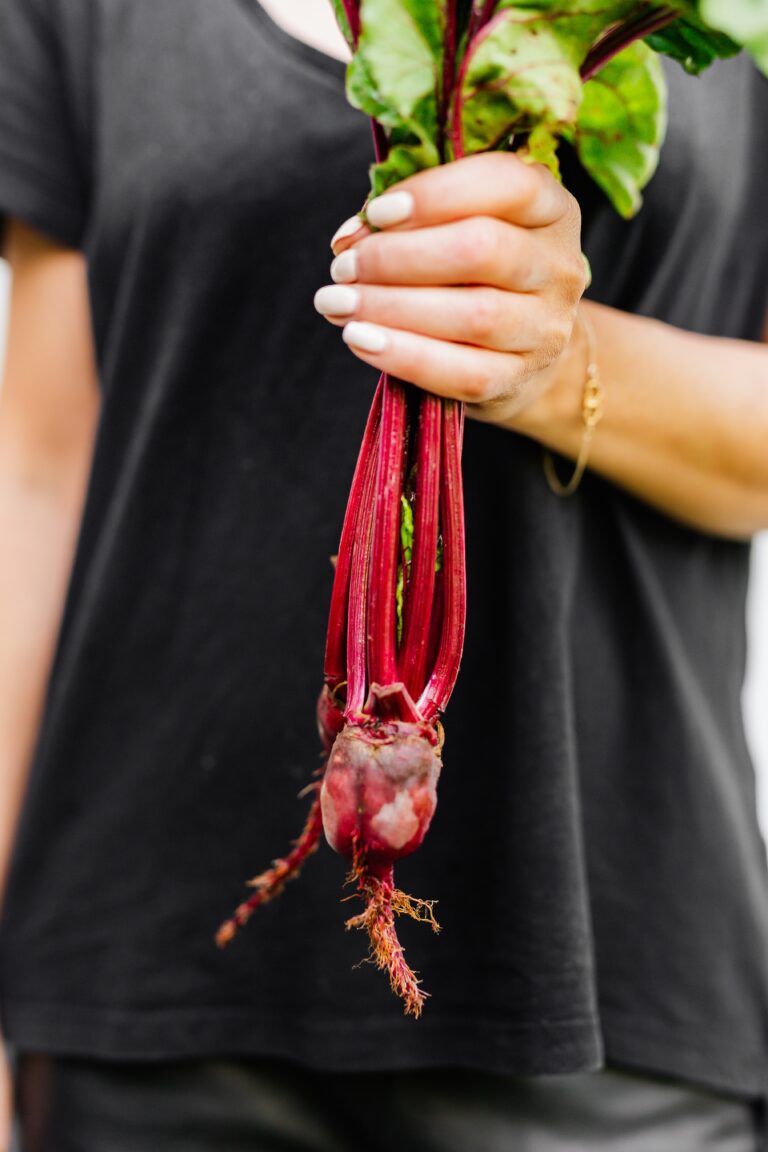
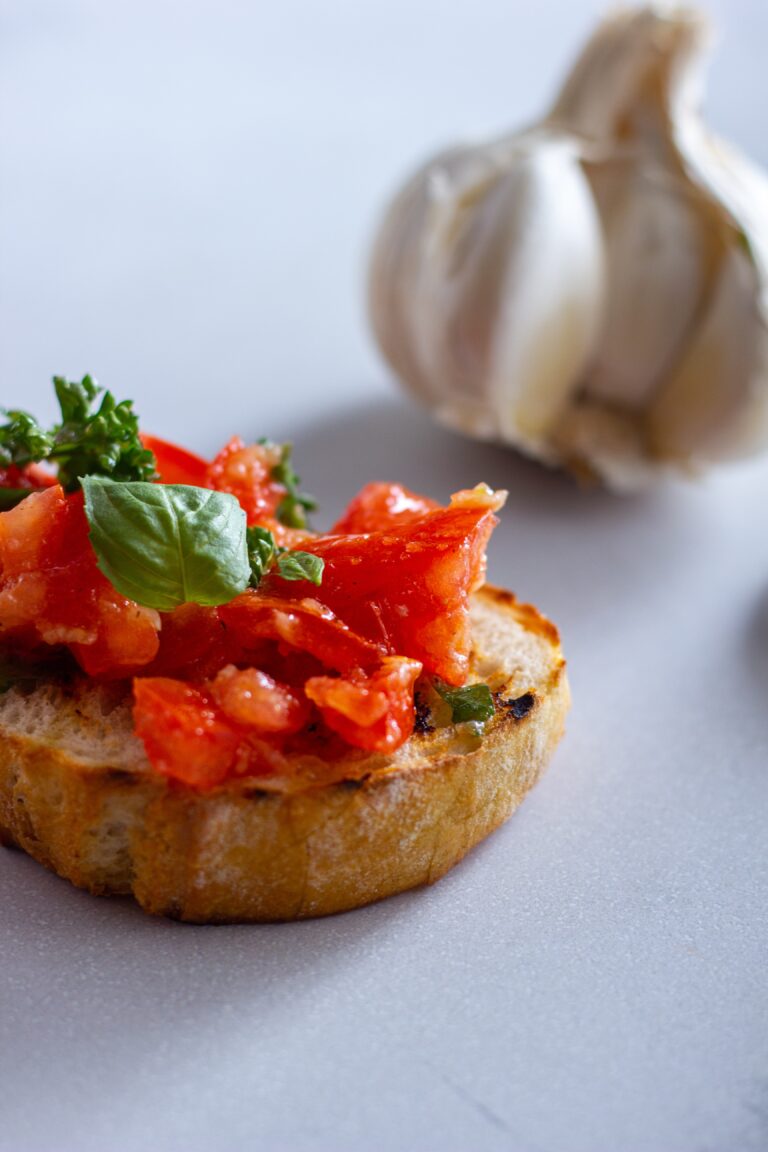
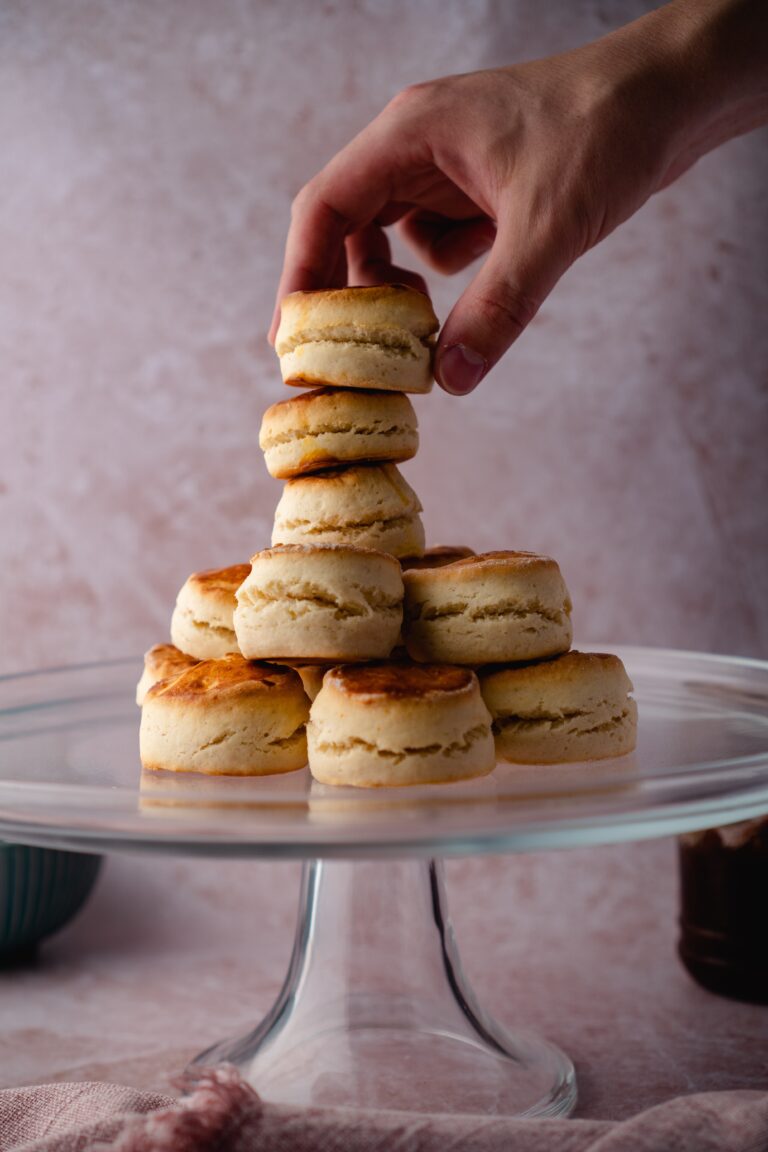

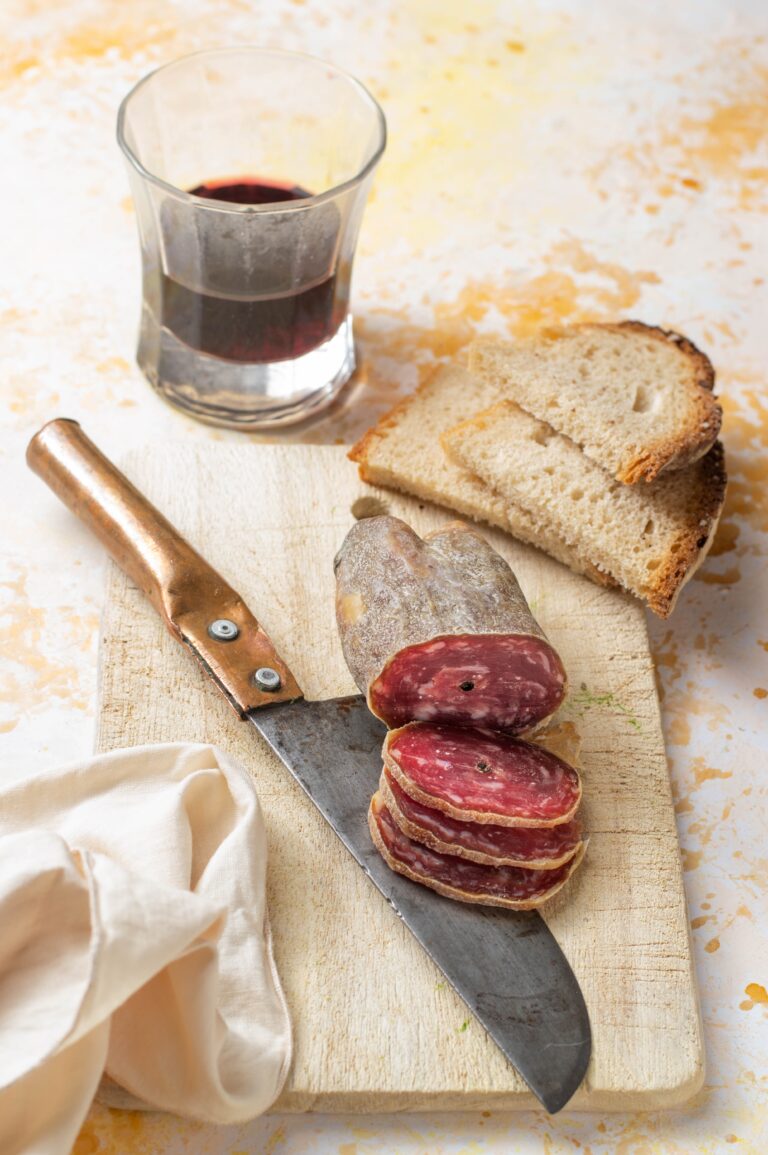
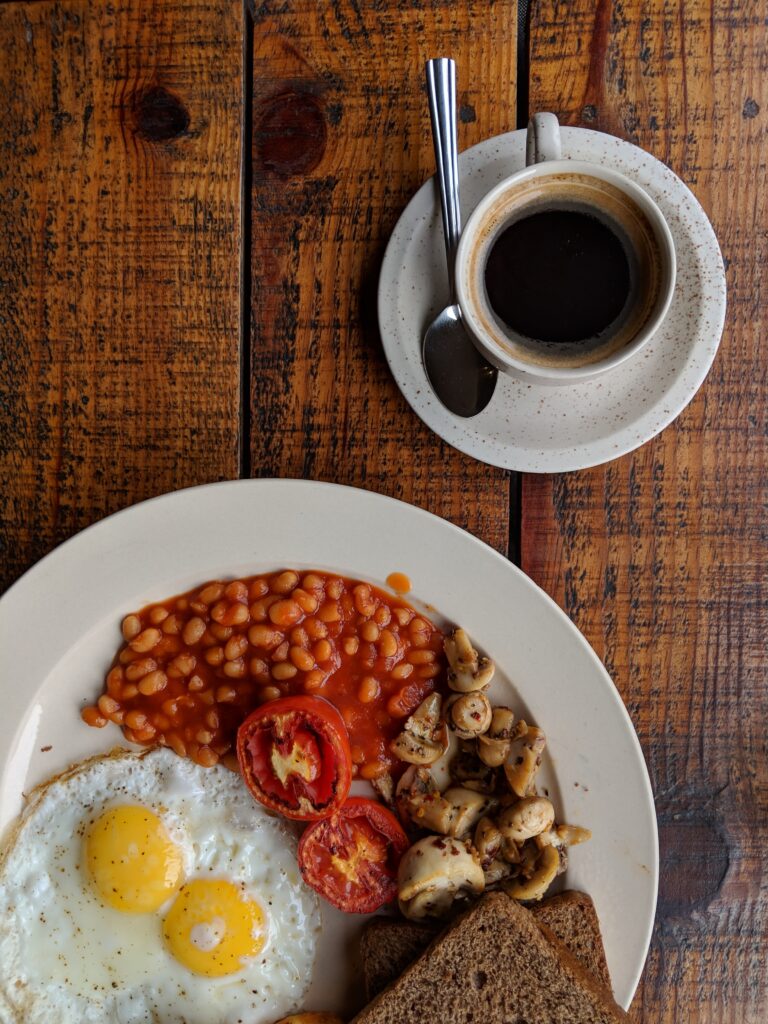
2 Comments